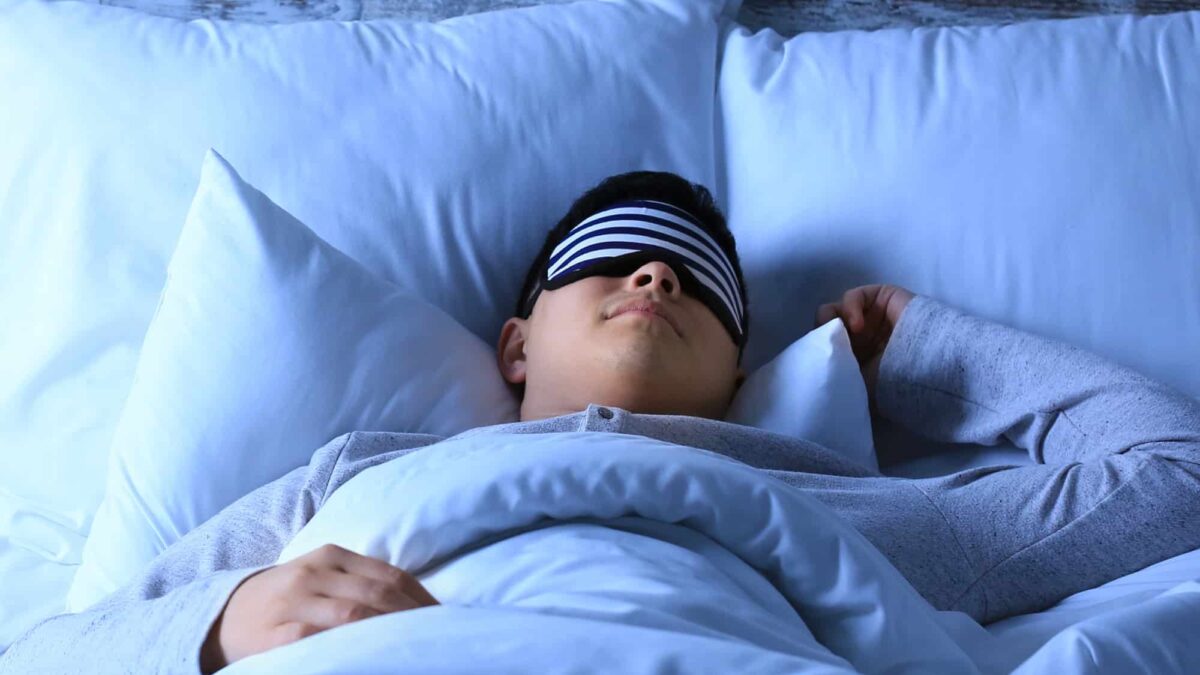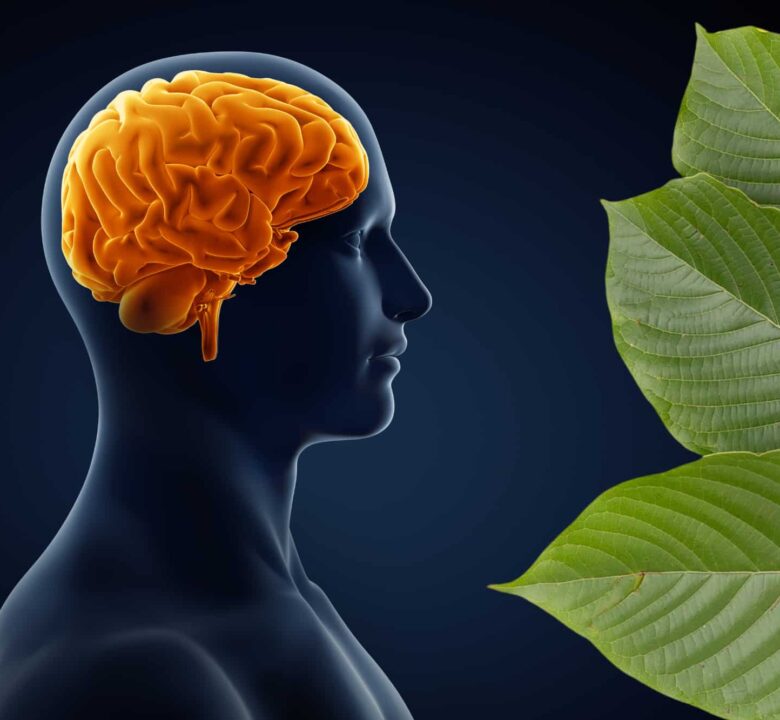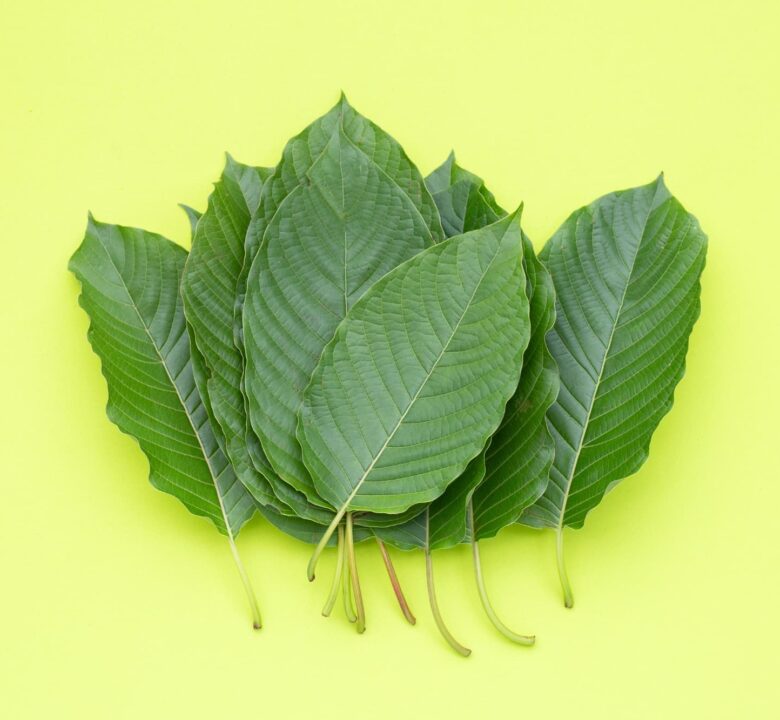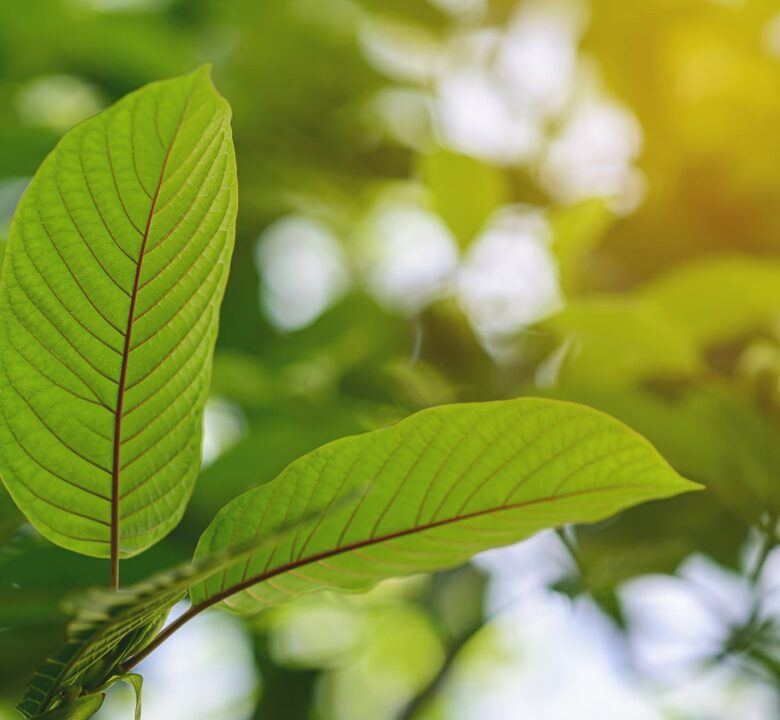
The Science of Paynantheine: Potential and Possibilities in Kratom
July 16, 2024Kratom advocates are quick to point to how the herbal substance can be used to help people fall asleep. As an organization that investigates claims related to kratom, from both vendors and critics, the questions we need to ask are:
- Is it true that kratom helps people fall asleep or stay asleep?
- If so, how does it make them fall asleep?
- Is it safe to use kratom to fall asleep?
To understand the latest scientific inquiry into kratom and sleep, we have explored the latest studies that researchers have published about kratom’s effect on sleep. We’ll go through them one by one to explain the results and answer our questions.
Red strain kratom is most likely to be used as a sleep aid
Huisman, Guido et al. investigated whether different strains of kratom (red, green, and white) produce distinct subjective effects in users. Kratom vendors commonly make this claim, even though there is skepticism in the scientific community that there are significant differences in effect based on the age of the kratom leaves.
That skepticism is due to the lack of research confirming any major differences between the strains.
The researchers for this study surveyed 644 regular kratom users, most of whom were customers of the same unidentified online kratom vendor.
Even though the study wasn’t focused on sleep, there were several instances where sleep came up with the participants. Specifically:
- Users ranked the motivation “to help you relax or sleep” highest for red kratom strains, consistent with those vendor claims that red strains are sedating or calming.
- On a visual analog scale measuring self-reported effects, users rated red strains as significantly more effective than green or white strains for “being better able to fall asleep.”
- However, chemical analysis of the different strains from this vendor did not find any significant differences in alkaloid content that could explain the reported differences in subjective effects.
The researchers proposed that the reported differences may be caused by the placebo effect, driven by marketing claims, rather than real pharmacological differences between strains.

High-frequency kratom users are more likely to report improved sleep quality from kratom use
Dr. Kristen E. Smith, et al. studied the relationship between kratom and sleep by using the Ecological Momentary Assessment (EMA) data collection method. One of the researchers’ goals was to examine whether kratom use affected participants’ sleep quality and quantity.
At the beginning of the day, participants would record notes on the quality of their sleep from the night before. Kratom users were grouped into clusters of high use (Custers A and B) and moderate-to-low use (Clusters C through E).
The key takeaways from the study are:
- For the moderate- to low-use clusters (clusters C to E), kratom use the previous day or night mostly did not affect sleep quality or quantity.
- Cluster E participants were less likely than other clusters to report that kratom increased their sleep quality and quantity.
- For the highest-use clusters A and B, participants were about equally likely to report that kratom either improved their sleep or did not affect their sleep quality.
- There were few reports across all clusters of kratom use decreasing sleep quality or quantity, or of not using kratom affecting sleep positively or negatively.
Overall, the study found that for most participants, kratom use did not substantially impact sleep positively or negatively. The higher frequency use clusters reported some sleep benefits from kratom, while the lowest frequency use cluster was less likely to experience improved sleep from kratom compared to other clusters.
However, the study did not find evidence of kratom significantly disrupting sleep across the different use patterns and clusters examined.
Kratom cessation can cause some sleep disruptions & increased pain
Darshan Singh et. al. conducted a study that evaluated the severity of pain and sleep problems that regular kratom users experience when they cease kratom use. The study enrolled 170 regular kratom users in Malaysia.
Using the Brief Pain Inventory (BPI) scale and the Pittsburgh Sleep Quality Index (PSQUI) scale, the researchers documented the periods of time when the participants stopped using kratom.
Key findings were:
- Most participants experienced moderate levels of pain intensity (84%) and moderate pain interference (70%) during kratom cessation.
- Nearly half (46%) of the participants reported experiencing more sleep problems when they stopped taking kratom.
- Those who consumed higher doses of kratom tea/juice (≥4 glasses or about 76-115mg of mitragynine daily) had higher odds of reporting some pain interference and sleep problems during cessation compared to those taking lower doses (1-3 glasses).
However, the pain and sleep disturbances were still relatively mild compared to what is typically seen during the cessation of opioid analgesics.
In short, this study found that regular kratom users can experience moderate levels of pain and sleep disruption when they stop taking it, with higher doses associated with more severe withdrawal effects, but the symptoms were milder than opioid withdrawal overall.

Kratom’s sedative effects are not well understood
Another study by Darshan Singh, et al. did not directly investigate the effects of kratom on sleep, but it briefly touched on whether kratom produces stimulant or sedative effects at different dosages. This could potentially impact sleep.
The research team used the Brief Biphasic Alcohol Effects Scale (B-BAES) to assess self-reported stimulant and sedative effects experienced by 63 regular kratom users.
In their first analysis, they found no significant difference in reported stimulant or sedative effects between users who consumed more than 3 glasses of kratom drinks per day versus those who consumed 3 glasses or less per day, regardless of their duration of kratom use.
In a follow-up analysis, they again found no significant differences in mean stimulant or sedative scores between higher and lower kratom consumption groups when separating short-term and long-term users.
Overall, the study concluded that daily kratom use produced both stimulant and sedative effects in this sample of users, but these effects were not statistically significantly associated with the dose consumed, for both short-term and long-term kratom users.
While not the main focus, these findings suggest that at typically consumed doses, kratom may not have predictable stimulant or sedative impacts that could disturb or improve sleep. However, the study did not directly measure sleep quality or sleep-wake cycles.
Kratom users report varied sleep-related effects from kratom
Dr. Kristen Smith from the NIH conducted an additional study that did not specifically focus on the relationship between kratom and sleep, but participants included comments about sleep when discussing their kratom use.
Here is what they noted:
- Participant 1 noted that she sometimes uses a red kratom strain at night when she needs help sleeping. She did not report “hangover effects” from nighttime kratom use.
- Participant 7 reported that kratom use helped him with sleeping disturbances that were caused by his severe chronic pain.
- Participant 3 reported that when he took tolerance breaks from kratom, he experienced restless legs at night. Notably, he had a history of restless leg syndrome from before he used kratom.
- Participant 4 stated that he had difficulty sleeping when he used “too much” kratom (around 4.5 grams or more).
Our takeaway from this study is that some kratom users are attentive to the impact of kratom on their sleep health.
Answering questions about kratom and sleep
Our original questions, it turns out, are difficult to answer. Like other kratom topics, additional research must be completed if we are going to understand the complexities, mechanisms, and effects of kratom.
From reviewing the literature, we are closer to answering our questions.
Is it true that kratom helps people fall asleep or stay asleep?
Studies related to sleep and kratom have been limited to self-reported effects, rather than a clinical examination of how kratom affects sleep. Users report that kratom helps them fall asleep, but it depends a lot on the individual and the dose.
How does kratom make people fall asleep?
This has not yet been studied.
Is it safe to use kratom to fall asleep?
The risks of taking kratom for sleep do not appear to be any different from the risks of using kratom for all other reasons. Side effects of kratom may include nausea, constipation, increased UTIs, liver toxicity, and cardiac events at very high doses. Kratom may also interact dangerously with other medications, including antidepressants, anxiety meds, and opioid painkillers.
The current research into kratom and sleep suggests that some regular kratom users, particularly those who use higher doses, report improved sleep quality. Stopping the use of kratom may cause sleep disruptions for some users.
Unfortunately, we don’t have enough research into the mechanisms behind any sedative or sleep-promoting effects of kratom. The alkaloid composition of different kratom strains may have different effects on users’ sleep, but more evidence is needed to definitively characterize kratom’s impact on sleep.
Citations
- Singh, Darshan, et al. “Effects of Kratom (Mitragyna Speciosa Korth.) Use in Regular Users.” Substance Use & Misuse, 54(14), 2284–2289. https://doi.org/10.1080/10826084.2019.1645178
- Singh, Darshan et al. “Severity of Pain and Sleep Problems during Kratom (Mitragyna speciosa Korth.) Cessation among Regular Kratom Users.” Journal of Psychoactive Drugs vol. 50,3 (2018): 266-274. doi:10.1080/02791072.2018.1443234
- Smith, Kristen E, et al. “Ecological Momentary Assessment of Self-Reported Kratom Use, Effects, and Motivations Among US Adults.” JAMA Netw Open. 2024;7(1):e2353401. doi:10.1001/jamanetworkopen.2023.53401
- Smith, Kirsten E. et al. “Examining the Paradoxical Effects of Kratom: A Narrative Inquiry.” Frontiers in Pharmacology vol. 14 1174139. 5 May 2023, doi:10.3389/fphar.2023.1174139




